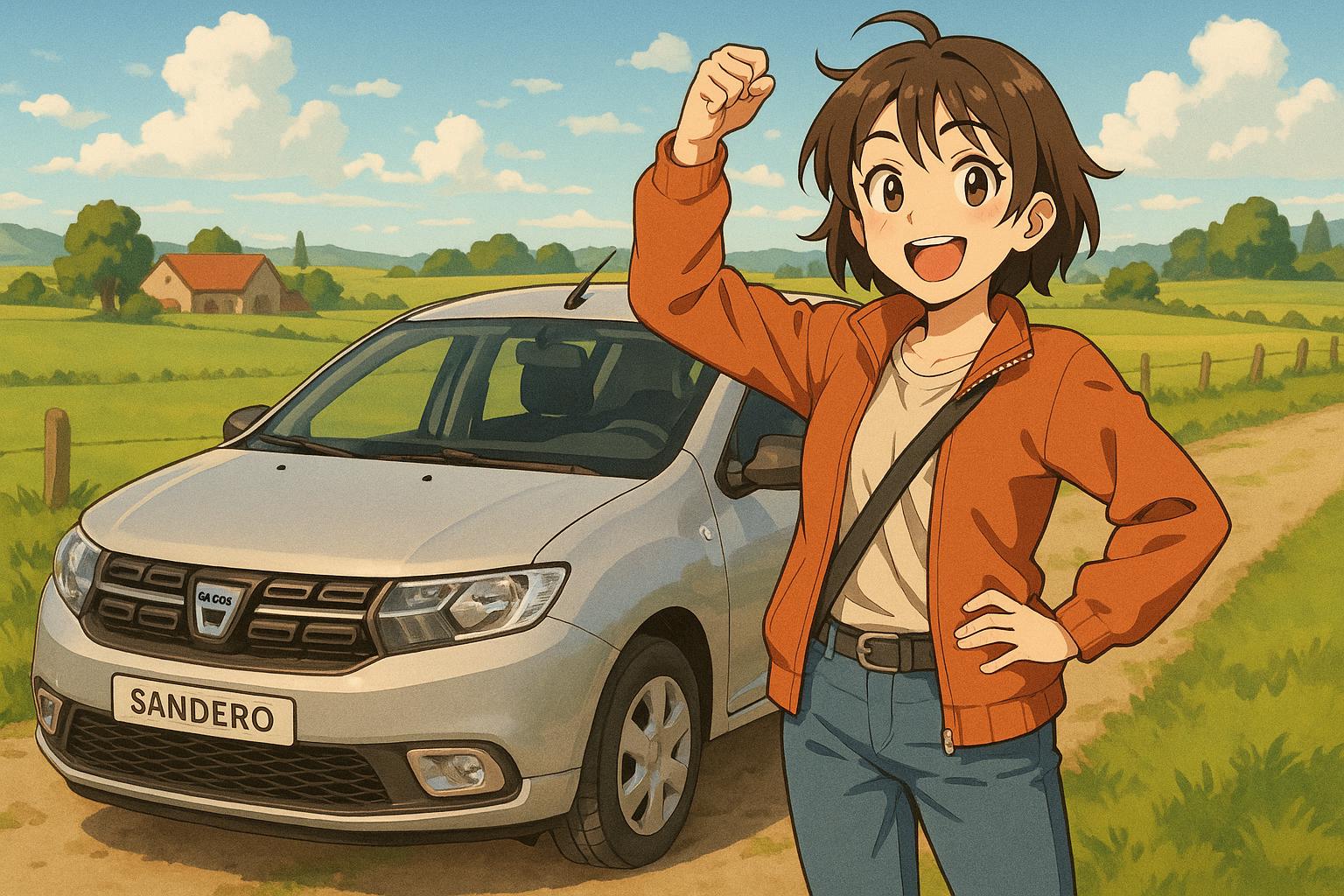Dacia, the Romanian automotive manufacturer, has carved out a vital niche in the global market, where cost-effective and reliable vehicles are increasingly in demand. Resembling the historical legacies of classics like the Volkswagen Beetle and the Citroen 2CV, Dacia has emerged as a modern champion of affordable motoring, with a remarkable journey leading to over eight million customers since its 2004 rebrand.
Founded in 1966 amid Romania's communist regime, Dacia initially aimed to offer accessible transport to the Romanian populace. After Renault acquired the company in 1999, the brand underwent a significant transformation. The introduction of models like the Logan, which debuted in 2004 at a revolutionary price of just €5,000, sparked a wave of interest. The Logan's immense success paved the way for subsequent models, such as the Sandero and Duster, which began to establish Dacia as a reputable name across Europe.
Dacia's impact is particularly noteworthy in its home country, where an astonishing 60% of drivers opt for this budget-friendly brand. This statistic underscores the brand's role not just as a carmaker, but as an essential component of Romanian life, especially in rural areas where its reliability and affordability are paramount. In a European landscape where brands like Renault, Citroen, and Peugeot dominate, Dacia's prominence represents a unique cultural identity, rooted in agricultural traditions where vehicles are practical necessities rather than luxury items. As noted, "a car is a need and not a want," reflecting a stark truth in Romania's economically diverse communities.
In the UK, Dacia's appeal lies in its straightforward branding, epitomised in memorable advertising campaigns that highlight the brand’s focus on essential features. Catchy slogans and humorous commercials have effectively communicated Dacia's ethos: "we don't do frivolity, function's our thing." Ads showcasing models like the Sandero have playfully pointed out the absence of unnecessary luxury while celebrating functionality and economy.
As of 2023, Dacia's growth trajectory continued unabated, with the Sandero recognised as Europe's best-selling vehicle, alongside solid performances from models like the Duster, Jogger, and Spring. Their most recent figures revealed sales reaching almost 680,000 units worldwide—an increase from the previous year that underscores their commitment to providing reliable and affordable cars.
Moreover, Dacia is expanding its product offerings, recently announcing the upcoming launch of a new £15,000 electric car, which is anticipated to further strengthen its position in the increasingly competitive electric vehicle market. This move aligns with a broader industry trend towards sustainability while ensuring that affordability remains at the core of its mission.
Ultimately, Dacia's ascent from a state-owned manufacturer to a beloved budget brand exemplifies both resilience and innovation. Its blend of rugged reliability, cultural significance in Romania, and astute marketing strategies has transformed Dacia into a symbol of accessible transportation—a vehicle that provides not only mobility but also a sense of national pride. As it continues to evolve, Dacia stands as a testament to the enduring appeal of practicality in a world increasingly enamoured with luxury and excess.
Reference Map:
- Paragraph 1 – [1], [2]
- Paragraph 2 – [1], [3], [4]
- Paragraph 3 – [1], [5], [6]
- Paragraph 4 – [1], [7]
Source: Noah Wire Services
